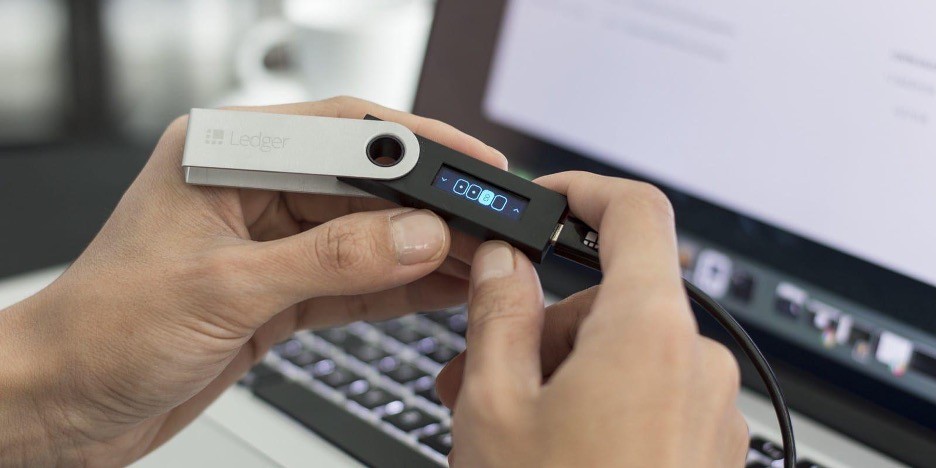How to Store Crypto Securely: A Guide from InternationalReserve Experts

This guide by InternationalReserve experts goes into the two main types of crypto storage: hot wallets and cold wallets. It will cover the pros and cons of each storage option, so you can make informed decisions to protect your digital wealth.
The Basics of Crypto Wallets
After buying cryptocurrency, you need to decide how and where to store your assets.
Unlike physical currency, cryptocurrencies run on a blockchain and need digital storage systems called “wallets”. These wallets, like your traditional wallet, allow you to hold and transfer funds but this is where the similarities end. Crypto wallets store public and private keys which are strings of characters that allow you to receive and transfer your crypto assets securely.
There are two main types of crypto wallets – hot wallets (software wallets) and cold wallets (hardware wallets). Each has its pros and cons and the choice between them depends on your preferences.
1. Hot Wallets
Hot wallets are digital wallets connected to the internet, so you can access them from your computer or mobile device. They can be non-custodial like MetaMask and Mycelium or integrated into cryptocurrency exchanges (custodial), which allow users to buy, trade, and sell cryptocurrencies directly on their platforms.
Pros:
Convenience: Hot wallets give you instant access to your funds, perfect for frequent transactions. Whether you are buying, selling, or trading, you can manage your assets from anywhere with an internet connection.
- User Friendly: These wallets are designed to be simple and easy to use, often with intuitive interfaces that make crypto management easy.
- Low Cost: Most hot wallets are free or have minimal fees so they are suitable for everyone.
- Flexibility: They support many cryptocurrencies so you can have a diverse portfolio.
Cons:
- Security Risks: Being online, hot wallets are vulnerable to hacking. The risk of cyber-attacks is significant and security breaches can result in loss of funds.
- Dependence on Third Parties: Many hot wallets are custodial meaning you do not have full control over your private keys. This reliance on third-party services poses a security risk.
2. Cold Wallets
Cold wallets are offline storage solutions. They store your private keys on physical devices like USB drives or specialized hardware wallets like Ledger and Trezor. These devices are not connected to the internet, so you have an extra layer of security against cyber threats.
Advantages:
- High Security: Cold wallets are not connected to the internet so they are hack-proof. Your private keys are offline, removing the risk of theft.
- Portability: Despite being physical devices, cold wallets are small and portable. You can access your funds securely from any compatible device.
- Control: Cold wallets give you full control over your private keys so only you can access your funds.
Disadvantages:
- Cost: High-end hardware wallets can be expensive, ranging from $50 to $450.
- Complexity: Setting up and using a cold wallet can be tricky for beginners due to its technical nature.
- Physical Risks: Cold wallets can be lost, damaged, or stolen, posing a risk to your stored assets.
Which Wallet is Right for You?
Choosing between hot and cold wallets depends on your individual needs and how you plan to use your cryptocurrencies. For daily transactions and ease of use, hot wallets are unbeatable. For long-term storage and large amounts of cryptocurrency, cold wallets can be a good and secure option. Nonetheless, whether you choose a hot wallet, a cold wallet, or a combination of both, you need to carefully understand the pros and cons first.
Note that InternationalReserve is a leading firm that offers crypto CFDs, allowing you to safely trade cryptocurrencies without the hassle of owning or storing them. This provides a secure and efficient way to capitalize on crypto market movements while avoiding storage issues.



